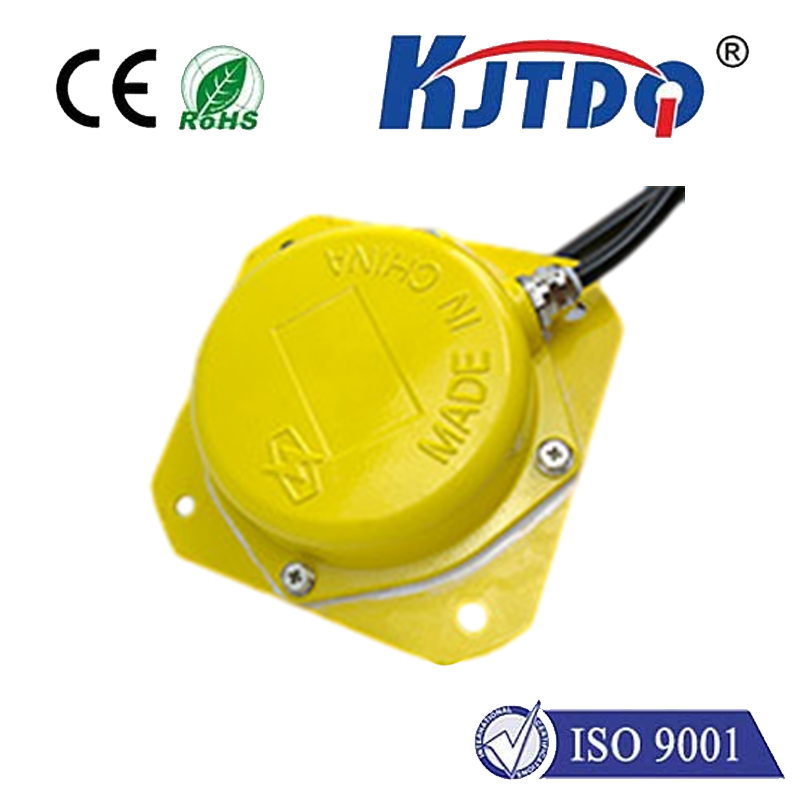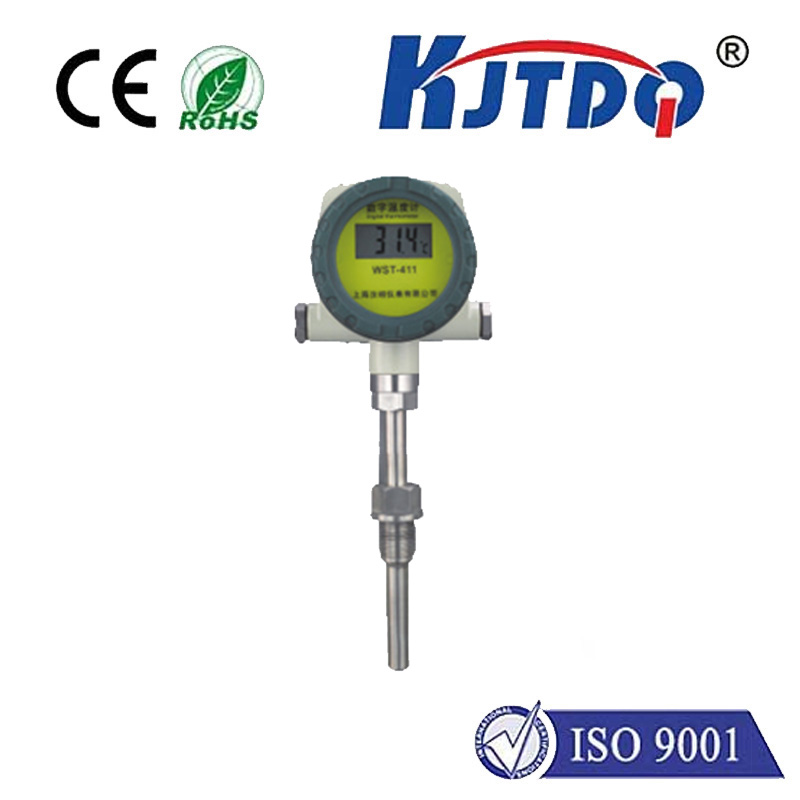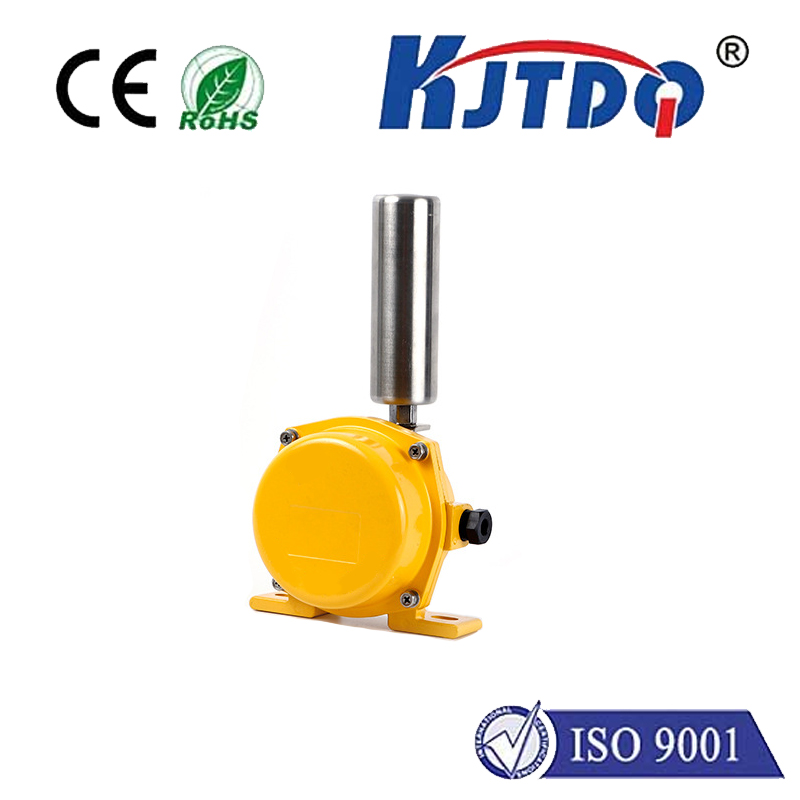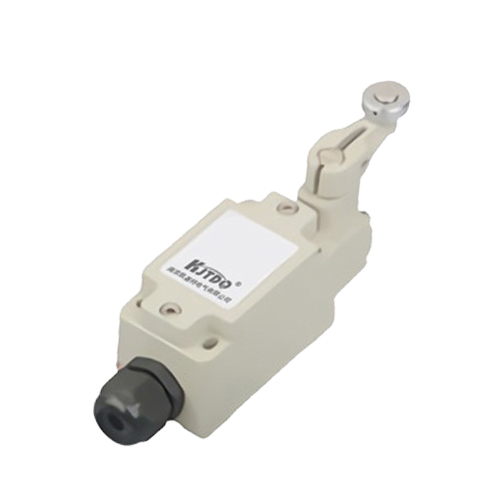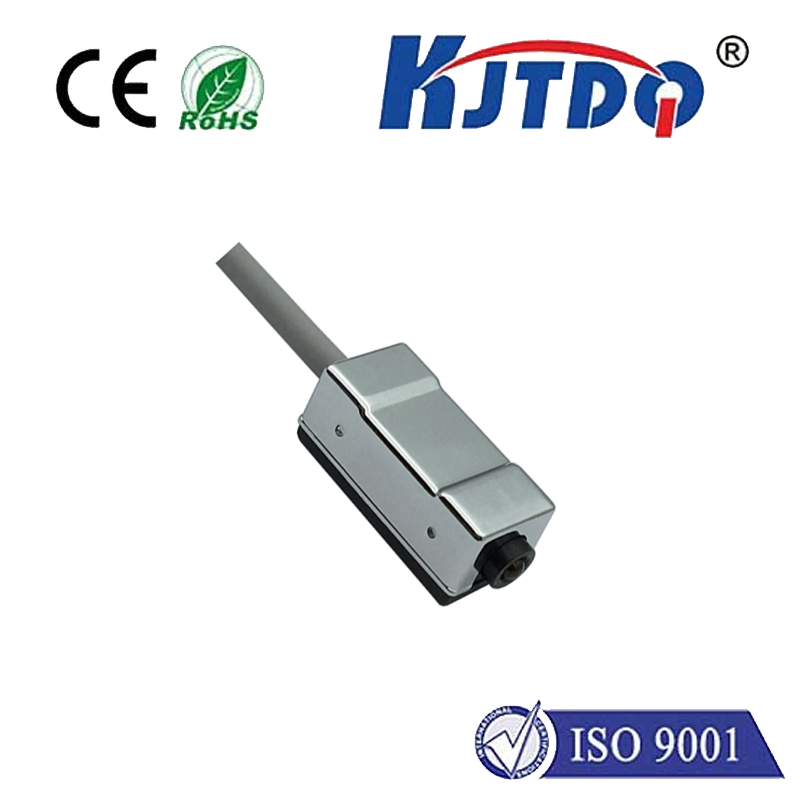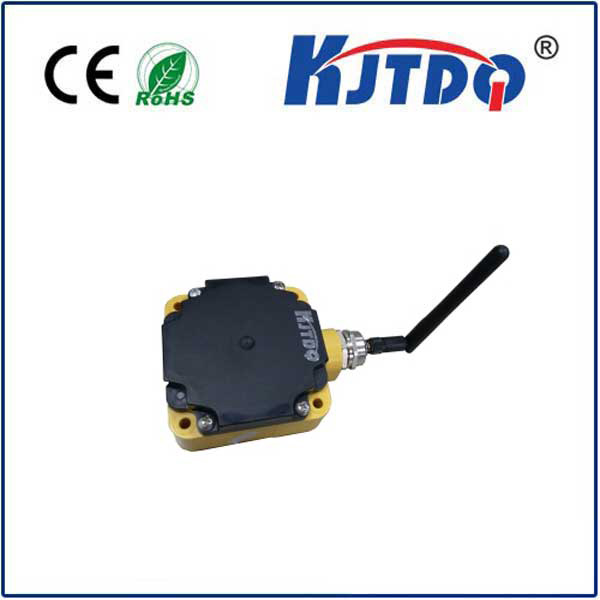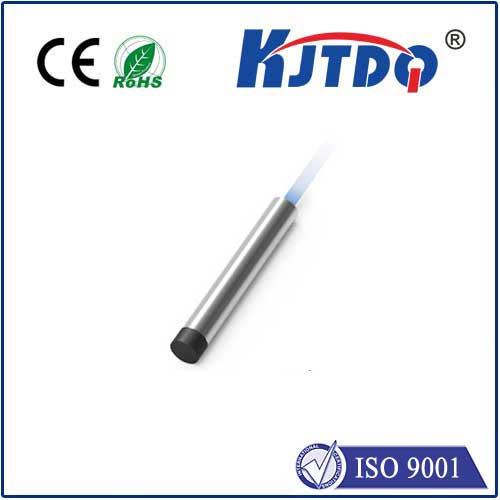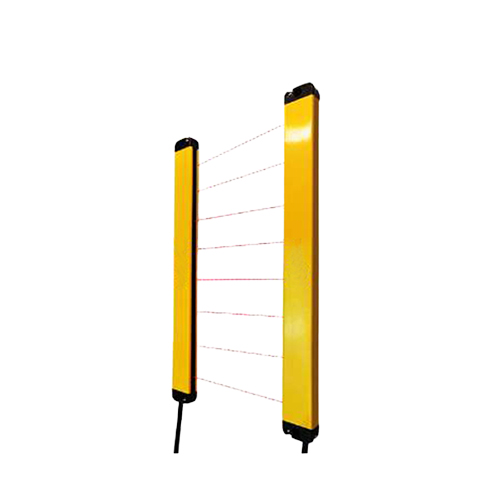

check

check

check

check
Ever peeked inside a humming assembly line or marveled at machinery that “knows” when a part is present? Chances are, a proximity sensor is silently orchestrating the action. Among the unsung heroes of automation, the PNP proximity sensor, with its crucial NO (Normally Open) and NC (Normally Closed) configurations, stands out for its reliability and ease of integration. Understanding the ‘PNP’, ‘NO’, and ‘NC’ aspects isn’t just technical jargon; it’s fundamental knowledge for selecting, installing, and troubleshooting these indispensable components efficiently.
What Exactly is a PNP Proximity Sensor?
At its core, a proximity sensor detects the presence or absence of a metallic (or sometimes non-metallic, depending on type) target without physical contact. The term “PNP” specifically refers to the transistor switching technology used within the sensor’s output circuit. This designation is crucial for wiring and compatibility with control systems like PLCs (Programmable Logic Controllers).
Decoding NO and NC: The Sensor’s Switching Personality
The “NO” (Normally Open) and “NC” (Normally Closed) designations describe the sensor’s default output state when no target is present within its sensing range. This defines how the sensor’s internal electronic switch behaves.
Choosing Between PNP NO and PNP NC: It’s About Logic and Safety
The decision between a PNP proximity sensor configured as NO or NC hinges entirely on the desired logic for your control system and safety considerations.
PNP NO Sensors are Ideal For:
Positive Presence Detection: Signaling when a part arrives (e.g., triggering a machine cycle). “The pallet is in position.”
Counting: Each detection pulse (ON signal) indicates a part passed.
Standard Start/Trigger Functions: Where an action should occur only upon confirmed presence.
PNP NC Sensors are Crucial For:
Safety Functions: Monitoring guard doors, presence of safety barriers, or emergency stop verification. A constant ON signal (no target detected - guard closed) indicates safety. Losing the signal (guard opens/target detected) triggers an immediate stop. This fail-safe behavior is paramount – a broken wire or sensor failure mimics the “guard open” state.
Absence Detection: Signaling when a part leaves a station or a bin is empty. “The material has been taken.”
Jam Detection: If a part is supposed to move away after a certain time, a constant ON signal (indicating continued presence where absence is expected) signals a jam.
Wiring Reality: Connecting Your PNP Sensor
Wiring a PNP proximity sensor, whether NO or NC, follows the sourcing principle:
Key Differences Between PNP NO and PNP NC at a Glance
| Feature | PNP Normally Open (PNP NO) | PNP Normally Closed (PNP NC) |
|---|---|---|
| Default State (No Target) | Output OFF (0V / Floating) | Output ON (+V) |
| Active State (Target Present) | Output ON (+V) | Output OFF (0V) |
| Primary Use Case | Positive presence detection, counting | Safety functions, absence detection, fail-safe applications |
| PLC Logic (Typical) | ON state = Target Present | OFF state = Target Present |
| Behavior on Failure (Wire break/Sensor fail) | Mimics “No Target” (OFF) - Unsafe for safety functions | Mimics “Target Present” (OFF) - *Triggers safety stop* |
Selecting the Right Configuration and Troubleshooting Tips
When selecting a sensor, carefully consider whether your application requires confirmation of presence (use a PNP NO proximity sensor) or confirmation of absence/safety (use a PNP NC proximity sensor). Always consult the sensor datasheet and your PLC module’s specifications.
Common issues often stem from confusion between PNP and NPN or misapplication of NO vs. NC:
Mastering the Fundamentals
Grasping the interplay of “PNP”, **
